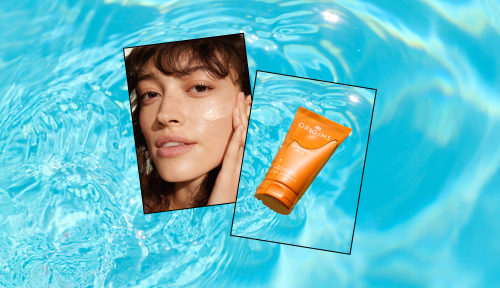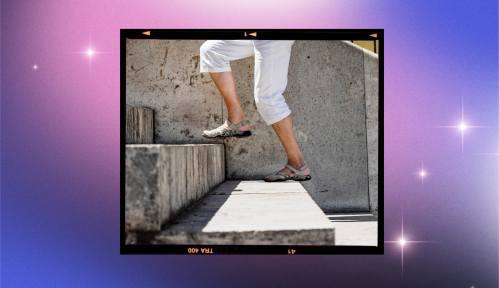In the market for running shoes? Here are the new ones to know now
New running shoes are coming out from more and more brands every day. Here are the ones to know so that you can clock all the miles you'd like.

I remember my first pair of running sneakers. Scene: 2008. I had just gotten into stringing together multiple miles for fun, and purchased a pair of Nikes at a local sports shop because they were A) inexpensive and B) nice to look at. Fast forward two years later, I quickly learned that I had to stop shopping based on aesthetics or trends. I stopped by a local run store, was fitted, did a gait analysis, and the whole shebang. I walked out the door that day dropping a pretty penny for sneakers from a brand I’d never heard of, and despite being hesitant at the time, was a whole lot better for it.
The fact is: It can be super overwhelming to figure out which sneaker is the right one with so many options available to runners these days. Especially as more and more brands are trying to make a name for themselves in the category. In 2017 alone, the United States athletic footwear industry generated $19.6 billion in sales, according to global information company the NPD Group. The biggest players in the game? Nike and Adidas.
But other names are trying to claim some of those dollars, too, adding more run options to their portfolio. Take Reebok, for instance. In December 2016, the brand announced their Floatride Run shoe utilizing a proprietary foam that gives consistent cushioning throughout the foot. “Running is at the core of our consumer’s fitness life,” says Scott Daley, Vice President of Performance Footwear at Reebok. “It’s accessible, can be socially or independently, and scales to all different fitness levels—making it very inclusive, which is how we view fitness.”
Reebok isn’t alone. “Running is the single largest participation sport in the world today,” says Topher Gaylord, General Manager of Run, Train and Outdoor at Under Armour, another company that’s making waves in running come 2019. “It’s a large opportunity for us. We know athletes are inspired by our brand, and we know those athletes run. So we feel like we would be doing them a disservice by not providing solution.”
Under Armour started to get into the run category back in 2009, but didn’t really gain much ground in the space until 2014 when they released their SpeedForm sneaker. Earlier this year, they kicked things up another notch with Hovr, a proprietary cushioning platform that offers “zero-gravity feel.” In the next few months, they’ll launch an entire suite of high-performance running sneakers with this cushioning platform, each of which will be digitally connected allowing runners to seamlessly connect their shoe to the MapMyRun App—which the company purchased in 2013. “We have already our existing consumers are doing a lot of running, and they have a desire to have Under Armour running shoes,” says Gaylord.
But the question is: Can the category newbies capture the eyes of runners everywhere? Doing some brief social media surveying, I was shocked and impressed that the answer could resoundingly be yes. While some runners feel like it would be silly to change up a good thing (“I’ve been in the same running shoes for years. If I’m happy with them, why change?” asked Alison Eikenberry, a runner in Georgia) most of those surveyed are open to experimenting for the betterment of their stride.
“I don’t care what it looks like or who makes it—’on trend options’ aren’t necessarily going to make me any faster,” says Meaghan Praznik, an 11-time Ironman finisher living in Berkeley, Calif. “Give me a shoe—any shoe—that has good arch support, won’t cause blisters, expands with my foot during the race, has laces that actually stay tied, and breathes.”
FWIW, pro athletes typically sit in the “what’s best for my feet is best for me” camp, hoping to get a leg up on the competition however possible. Mid-distance runner Patrick Casey used to be a Nike-sponsored athlete before recently joining forces with the team at Under Armour.
“The adjustment has been very smooth,” he says. “I’ve had plantar issues in the past which resulted in surgery, so when I switched to Under Armour shoes I was hypersensitive as to how they were treating my feet. I truly think Under Armour has as good of a running shoe as you can find out there. Soon, we’ll see them on trails, roads, tracks, and sidewalks more and more.”
Looking for the right sneaker? Check out our list of the best women’s running shoes of 2018 and here’s how to lace up so that you don’t get blisters.








